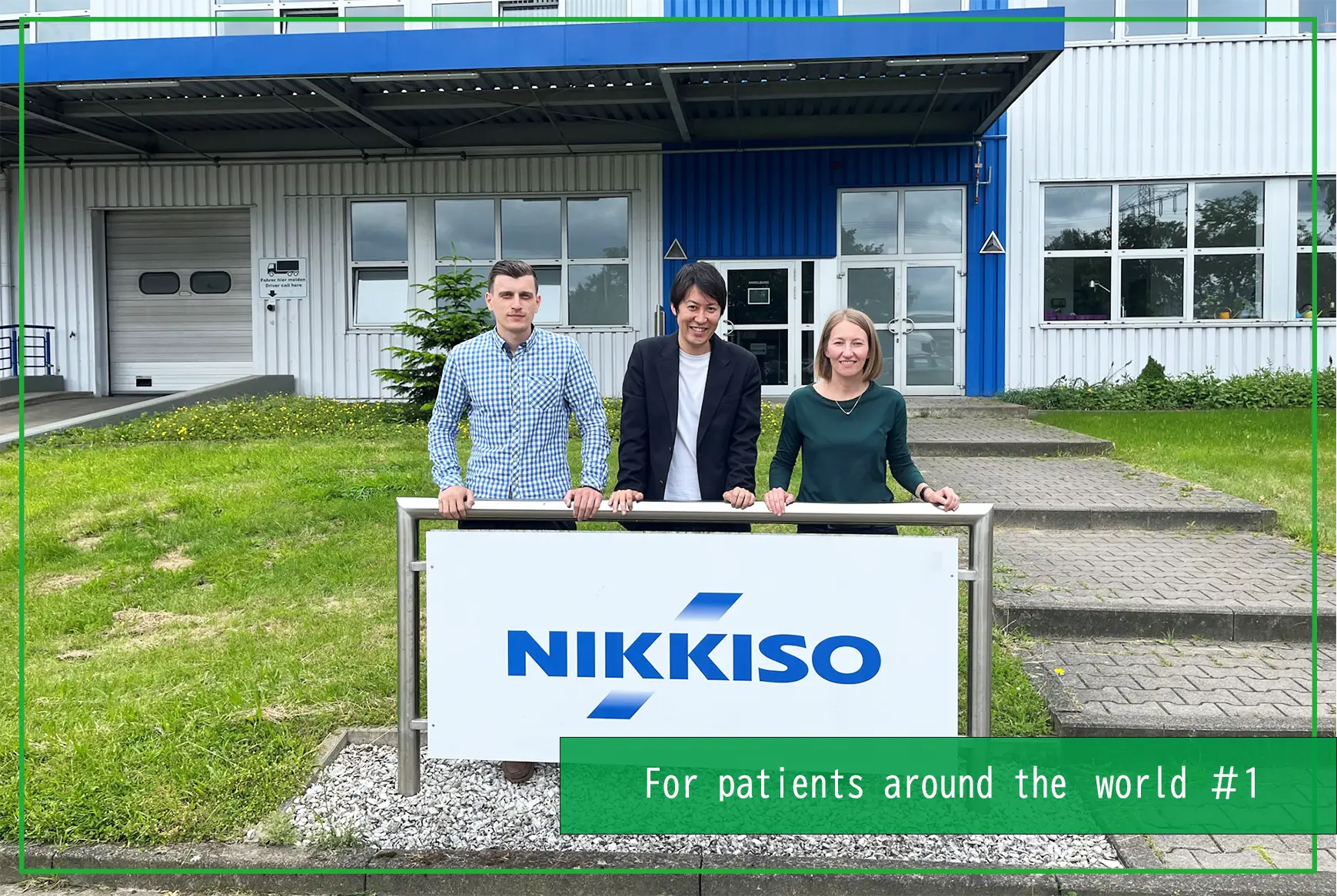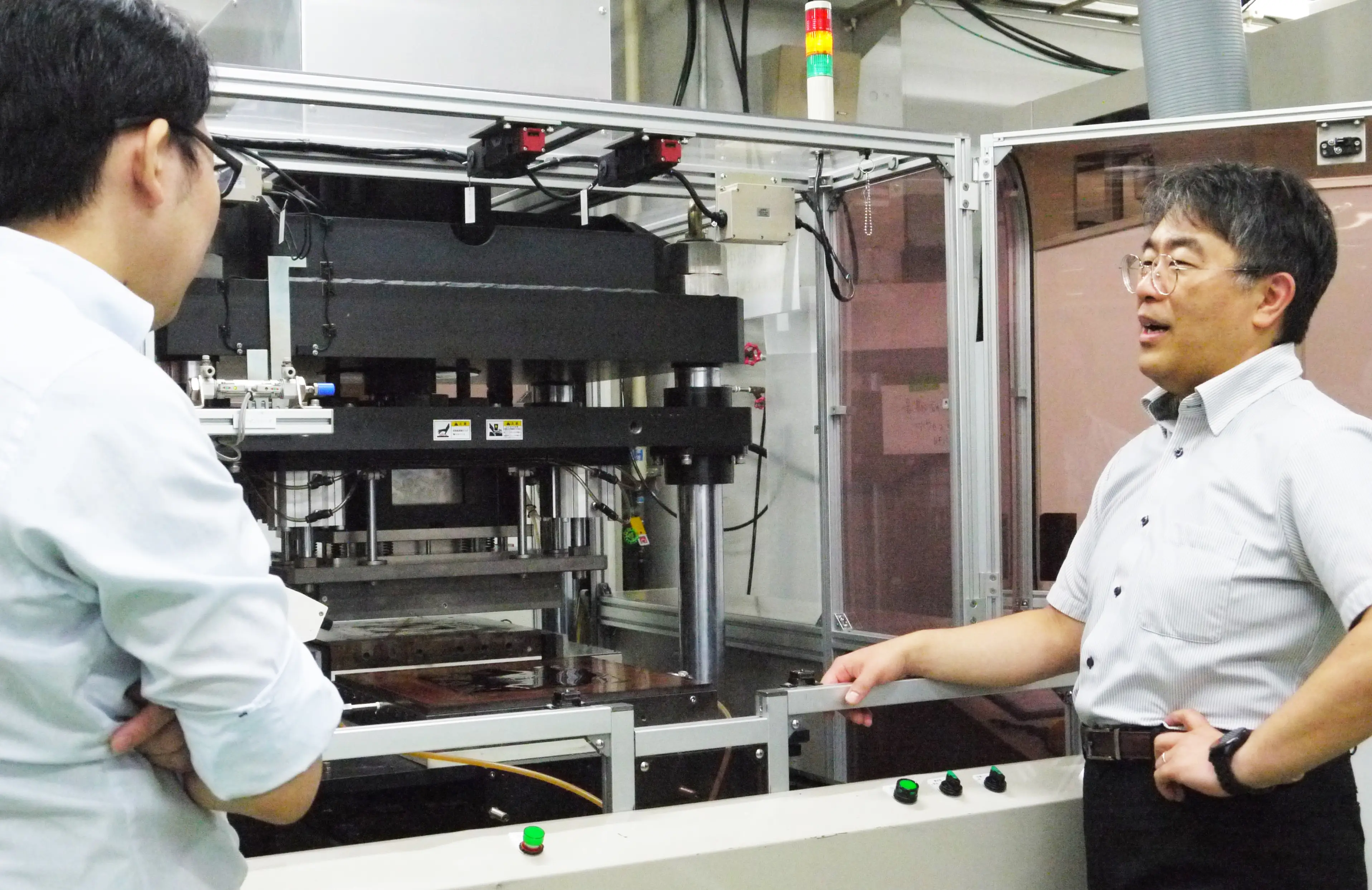ENRICH OUR LIVES
2023/02/28
Introduction of Hydrogen Stations in California Progresses | Report on the Future of a Hydrogen Society from the Field
- Decarbonation
- Hydrogen
- Interview
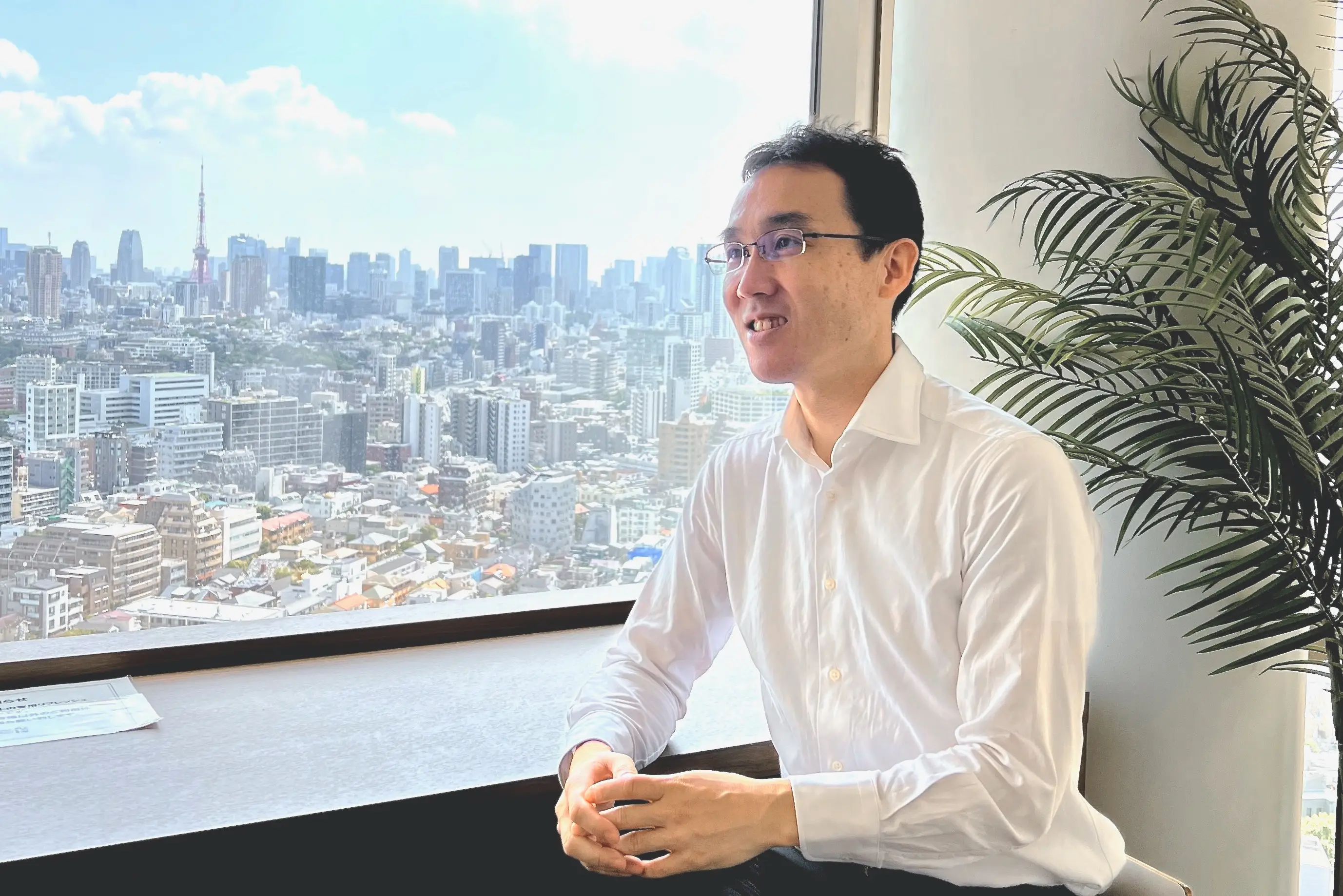
Index
Hydrogen is anticipated to serve as an extremely clean energy source that frees society from CO2. Although it was originally assumed hydrogen would take years to commercialize due to the many technological, economic, and social challenges, against the backdrop of increasingly severe climate change and rising environmental awareness, efforts to introduce hydrogen are now in full swing around the world.
One region that is attracting attention for its aggressive efforts to build and promote hydrogen supply infrastructure is California, USA. In July 2012, the state government and private sector cooperated in formulating the “Roadmap to the Commercialization of Hydrogen Fuel Cell Electric Vehicles,” since which time California has been working to build hydrogen stations.
For this article, we interviewed Mr. Teruyoshi Murakami, who was involved in the development of hydrogen-related businesses in California for five years. Under the theme of expanding hydrogen use, we spoke with him about the situation in California and the future of Japan.
| Teruyoshi Murakami: In addition to working with liquefied gas-related equipment and conducting business development in Japan as General Manager of the Cryogenic Business Department in the Industrial Division, he is also in charge of collaboration with overseas Group Companies. He was stationed in California, USA, for 5 years until June, 2021. He was in charge of launching and developing business units that provide liquefied hydrogen-related equipment on a full turnkey basis*, promoting business and product development among Group Companies, and conducting market research. *An approach whereby products are delivered in a ready-to-use condition through a process that integrates design, equipment and materials procurement, construction, and commissioning |
Hydrogen makes its way into everyday life in California, USA

--To begin with, please tell us about the actual situation of hydrogen use in California from the viewpoint of someone who has actually observed what is happening in the field. What are some specific areas in which it is used?
It has been said that the area in which hydrogen is most commonly used in the US is forklifts within the field of logistics.
The exhaust gases generated by diesel forklifts cause significant air pollution, which makes them unsuitable for working environments. So, the logistics industry was among the first to promote electrification by adopting EV forklifts. But EVs are problematic in that their batteries require a long time to recharge, and a lot of space and money is required to store pre-charged replacement batteries.
Since hydrogen fuel cell forklifts can solve these problems, their introduction at logistics facilities has been progressing rapidly. So much so, in fact, that some major supermarket and e-commerce site distribution warehouses individually operate hundreds of hydrogen fuel cell forklifts.
--Have you actually experienced the commercialization of hydrogen within your own daily life?
One area closely related to daily life that left a strong impression on me is the hydrogen vehicles that I often saw while driving on the freeway.
And these were not buses or public vehicles, but vehicles driven by ordinary citizens. In fact, when I would actually visit hydrogen stations, I would see a constant stream of cars arriving, and drivers talking to each other while waiting in line to fill up. This was something I felt I was unlikely to see in Japan. Using leased hydrogen vehicles also makes it is easy to introduce them in terms of economics.
I have heard that more than 100 vehicles per day at most might fill up at a hydrogen station. Currently, California is also actively building stations for buses and heavy trucks in an effort to expand the use of hydrogen in the mobility sector.
--What do you see as the factors behind the broad progress in the use of hydrogen, not only in the industrial sector but also in areas close to daily life?
Having established the world's highest standards for automobile exhaust emissions, California has long been a driving force behind environmental regulations in the US. Against this historical backdrop, I think that the high awareness of the environment has severed as a significant factor.
And I think that another important factor is that the state government has worked together with the industrial world to create frameworks for commercializing hydrogen with an awareness of the environment.
After all, change is not likely to occur if you just say, "Let's stop using gasoline-powered cars because they are bad for the environment.” The California state government is therefore working to make changes and provide support that will benefit both drivers and those who build and operate hydrogen stations.
The key to commercialization is to create frameworks that benefit both drivers and station operators
 A Hydrogen Station in California (provided by FirstElement Fuel, Inc.)
A Hydrogen Station in California (provided by FirstElement Fuel, Inc.)
--Please tell us more about the California state government's efforts to create frameworks that promote hydrogen commercialization. First off, what kinds of measures are beneficial for drivers?
The first measure is to build hydrogen stations in a manner that prioritizes ease of use.
The state government elicits opinions from the private sector before it builds a station. Specifically, the government has established a framework that serves to build stations in locations that are easy for drivers to reach based on comments such as "There are many cars in this area, so we want you to build a station with a certain number of hydrogen dispensers" and "This area has a small population, so does not need a station."
Drivers can also check online where hydrogen stations are located and whether each station is currently in operation or out-of-service. This is also useful for ordinary people who use cars for everyday life or work because they can find the location of the nearest station that they can use ‘now’ to fill up.
--Convenience will naturally become important as a foundation for shifting away from conventional gasoline cars then.
Exactly. In addition, two major measures are being implemented to further help drivers experience the benefits of using hydrogen vehicles.
The first is to establish priority lanes for environmentally friendly cars, as well as for vehicles used to carpool with two or more riders. For example, if you drive a hydrogen car, you can use the priority lanes instead of traveling standard lanes, which have a lot of traffic. Arriving at your destination smoothly is especially beneficial for commuters.
The second is to provide incentives in terms of cost. Currently, hydrogen can be filled virtually for free if certain conditions are met. Although there are still only around 50 free stations, these form a network that offers benefits in terms of cost.
--Please tell us about the benefits for hydrogen station operators?
These are mainly focused on support for expenses. Building and operating a hydrogen station requires a substantial initial investment and a certain cost to keep it running. In California, there is a system that subsidizes this initial investment, and if the operating status of the hydrogen dispensers reaches a certain standard, the framework also provides subsidies for the running costs.
California also designed a system that offers subsidies according to the amount of CO2 reduced when a substantial amount of hydrogen derived from renewable energy is sold. This extensive support for successfully operating hydrogen stations and establishing them as a business seems to have created a situation in which it is easy to enter the market.
What is the ‘particular’ future of hydrogen use in Japan as a small country?
--How do you see the current situation of hydrogen use in Japan from your viewpoint as someone familiar with California?
It seems to me that hydrogen is really just starting to be used in Japan.
Japan is focused on supporting the initial investment for station construction from the stance that a certain number of hydrogen stations will be necessary before hydrogen use will become widespread. In fact, the station network has expanded considerably, especially in large cities, while stations are appearing more and more even in rural areas.
However, as there is currently no system in place that directly benefits drivers, it is difficult to say that the network has reached the level of being user-friendly. So, my impression is that Japan is not yet fully encouraging the shift away from gasoline-powered vehicles.
--In contrast to California, where efforts are making it easy for drivers to use hydrogen despite the small number of stations, you are saying then that Japan’s tendency has been to prioritize the number of stations.
Exactly. I think that the difference in target groups is strongly related to this point. In Japan today, hydrogen vehicles are also used as public vehicles. Which means that policy will likely differ between the US, which focuses on regular drivers, and Japan, which is considering use by government offices and large companies.
--How do you think hydrogen utilization in Japan will progress in the future?
Unlike in the United States, which is looking to further expand its use in the field of mobility, Japan will likely advance hydrogen’s use as a fuel for power generation. Japan is a small country with a power grid that reaches every corner, so I think there is strong demand, and high expectations, for using hydrogen by converting it into electricity.
At present, a number of efforts are underway in Japan to develop engines and turbines for use in power plants. At the same time, Japan is also developing a supply chain for importation in order to secure the supply of hydrogen, which cannot be fully met in Japan. Japan will first carry out demonstrations in both cases from 2025 to 2030 in aims of widespread use and commercialization after 2030.
"Building on our track-record in California, we intend to contribute to the expansion of hydrogen use and the realization of a decarbonized society"
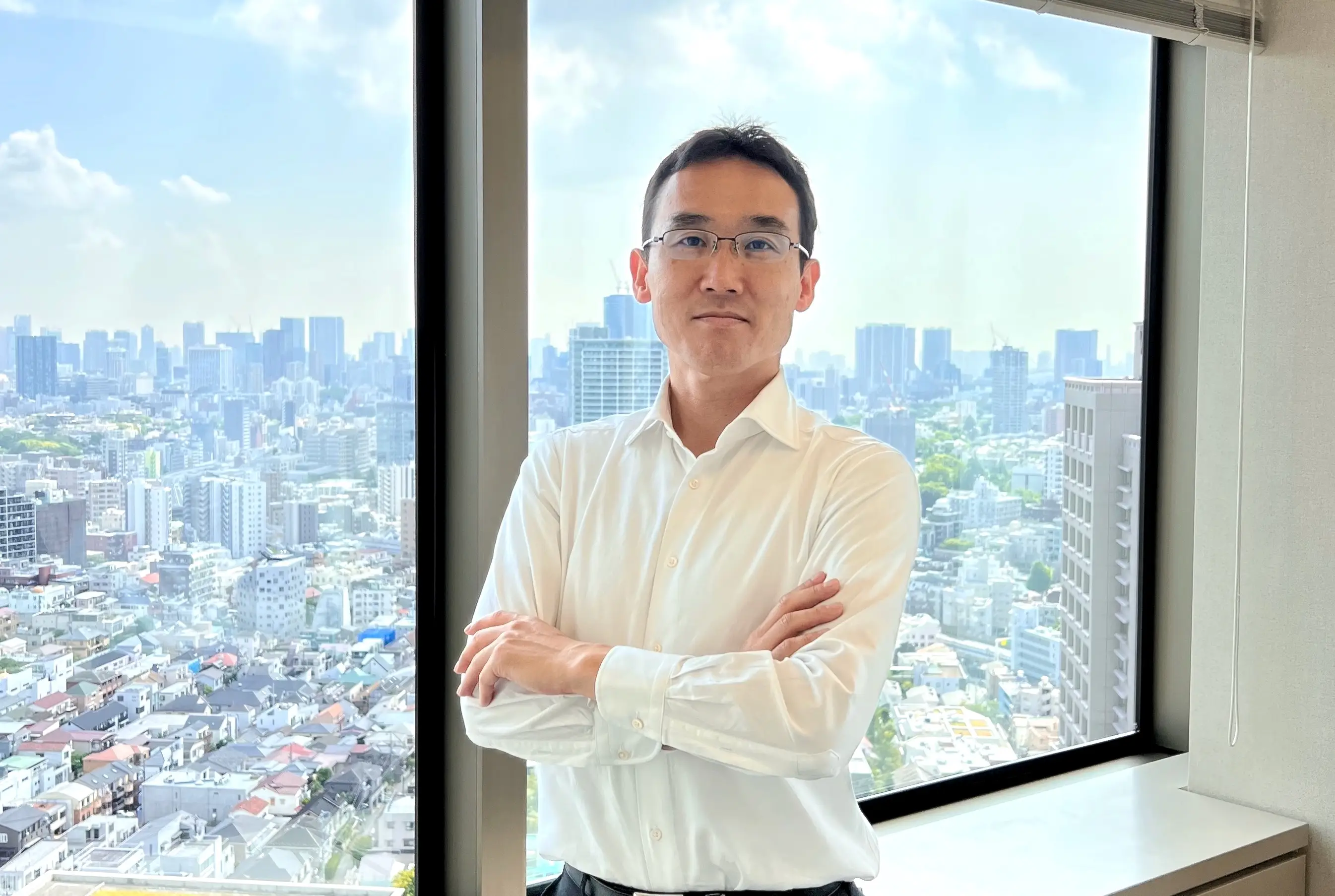
--What are Nikkiso's thoughts on and existing initiatives for promoting the use of hydrogen?
As the movement toward hydrogen use accelerates in the mobility sector, one technical issue that needs to be considered is whether hydrogen should be handled as a gas or a liquid.
Liquid hydrogen is expensive because it needs to be cooled to extremely low temperatures, yet in this state it stores more energy than as a gas. With this in mind, I believe operating hydrogen stations using liquid hydrogen will become an important part of enabling high-volume dispensing as hydrogen use further expands in the future.
Therefore, we are committed to providing equipment and engineering for handling hydrogen in a liquid state with an initial focus on California.
--Please tell use more about the equipment and engineering you provide.
We mainly offer specialized pumps for handling liquid hydrogen and the vaporizers that ultimately convert hydrogen back into a gas before it is filled into vehicles.
But our work does not simply end once we deliver this equipment. In accordance with conditions such as the estimated amount of hydrogen sold to an estimated number of drivers and the amount of space available, we propose the optimal equipment configurations and system designs, and engage in every step from engineering to equipment procurement and construction in an effort to contribute to more efficient station operations.
--What about your initiatives in Japan?
In the area of fuel for power generation, we are focused on developing pumps that enable the transport of extremely low-temperature liquids, which are essential for loading and unloading hydrogen during export and import and for supplying hydrogen to power plants, as well as on developing pump systems tailored to each application.
In the area of mobility, we are participating in a national project that aims to develop an aircraft that flies using liquid hydrogen. Specifically, we are in charge of developing the pumps that dispense hydrogen from the tanks and feed it to the engines.
And because there is still a limited number of hydrogen vehicles in Japan at present, hydrogen stations use hydrogen in a gaseous state, but as their operational rates increase, they will naturally need to handle it as liquefied hydrogen. Against this backdrop, I believe that Nikkiso will be able to make a greater range of contributions by leveraging our existing know-how.
--Finally, what is your future outlook for further promoting hydrogen use?
In California, we will work towards having our products used at hydrogen stations for buses and heavy trucks over the coming year or two. In Japan, we will deploy products along various time horizons, and intend to meet a wide range of needs with the aim of commercializing hydrogen as a fuel for power generation from 2025 to 2030.
Building on the track-record we have built through our leading initiatives in California, we would like to establish the technical aspects for a framework designed to transport high volumes of hydrogen to the location of use, and deploy this framework to other countries. We will take an approach to providing better and less expensive products through upscaling and expanding supply, which we hope will contribute to the widespread use of hydrogen and, in turn, the realization of a decarbonized society.
Pickup
-
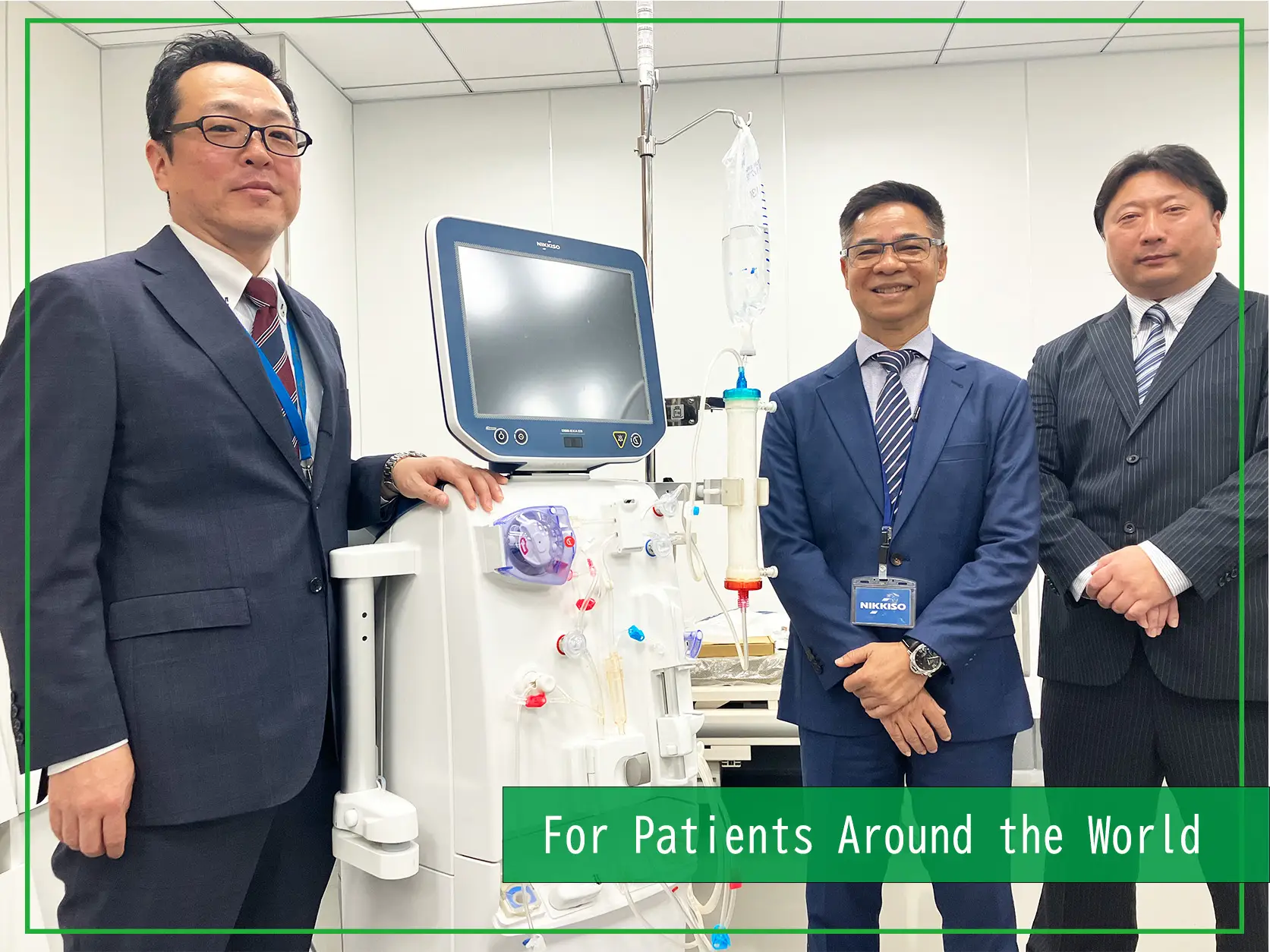 MEDICAL FIELD
MEDICAL FIELD
Empowering Asia’s Expanding Dialysis Treatment with Nikkiso’s Advanced Technology and Comprehensive Support
- Hemodialysis
- Interview
- Medicalbusiness
2025/10/30
-
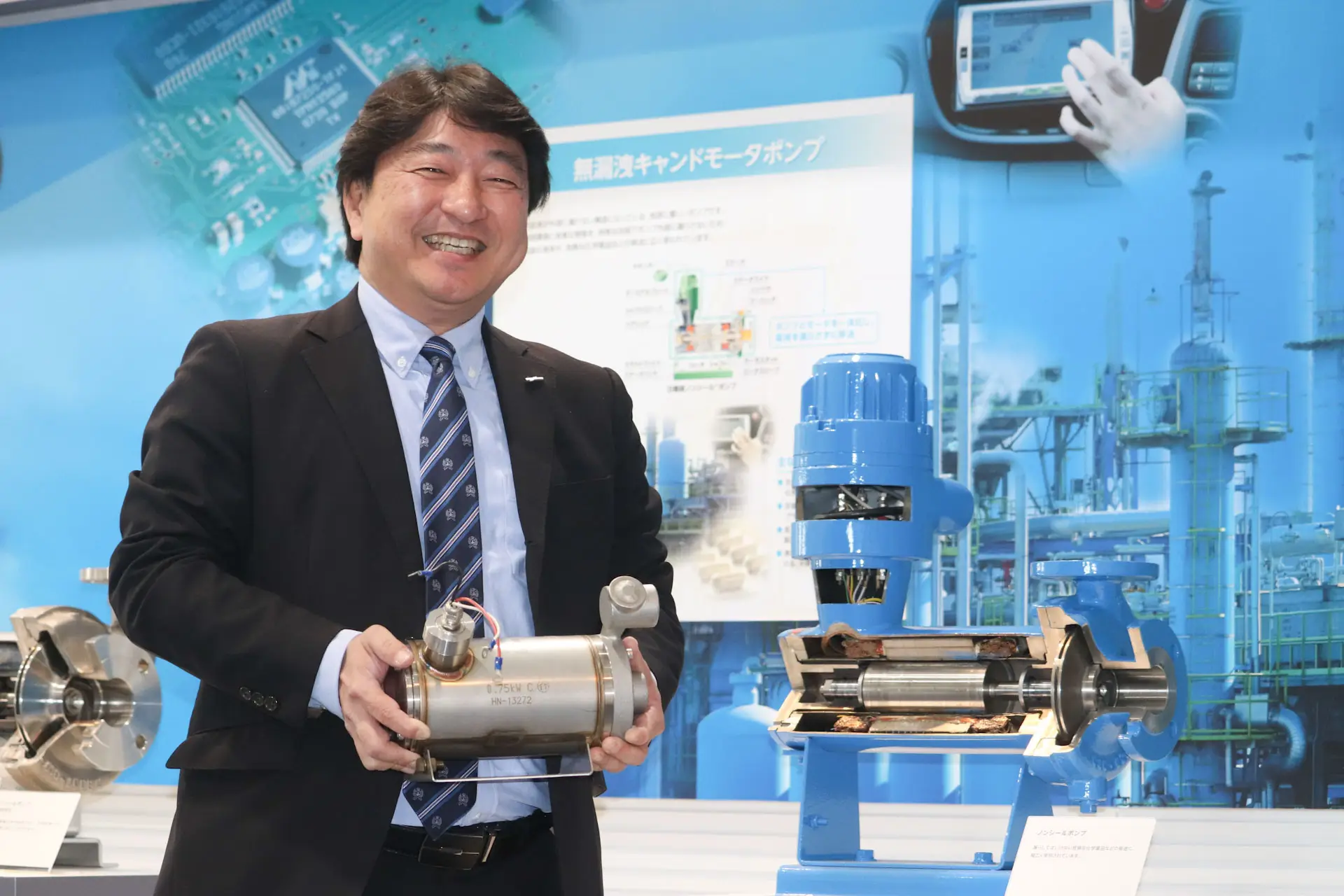 MANUFACTURING
MANUFACTURING
Pumps also actively used in semiconductor manufacturing: 20 years of history of compact, high-speed canned motor pumps
- Technology
- Interview
- Pump
- Semiconductor
2025/05/21
-
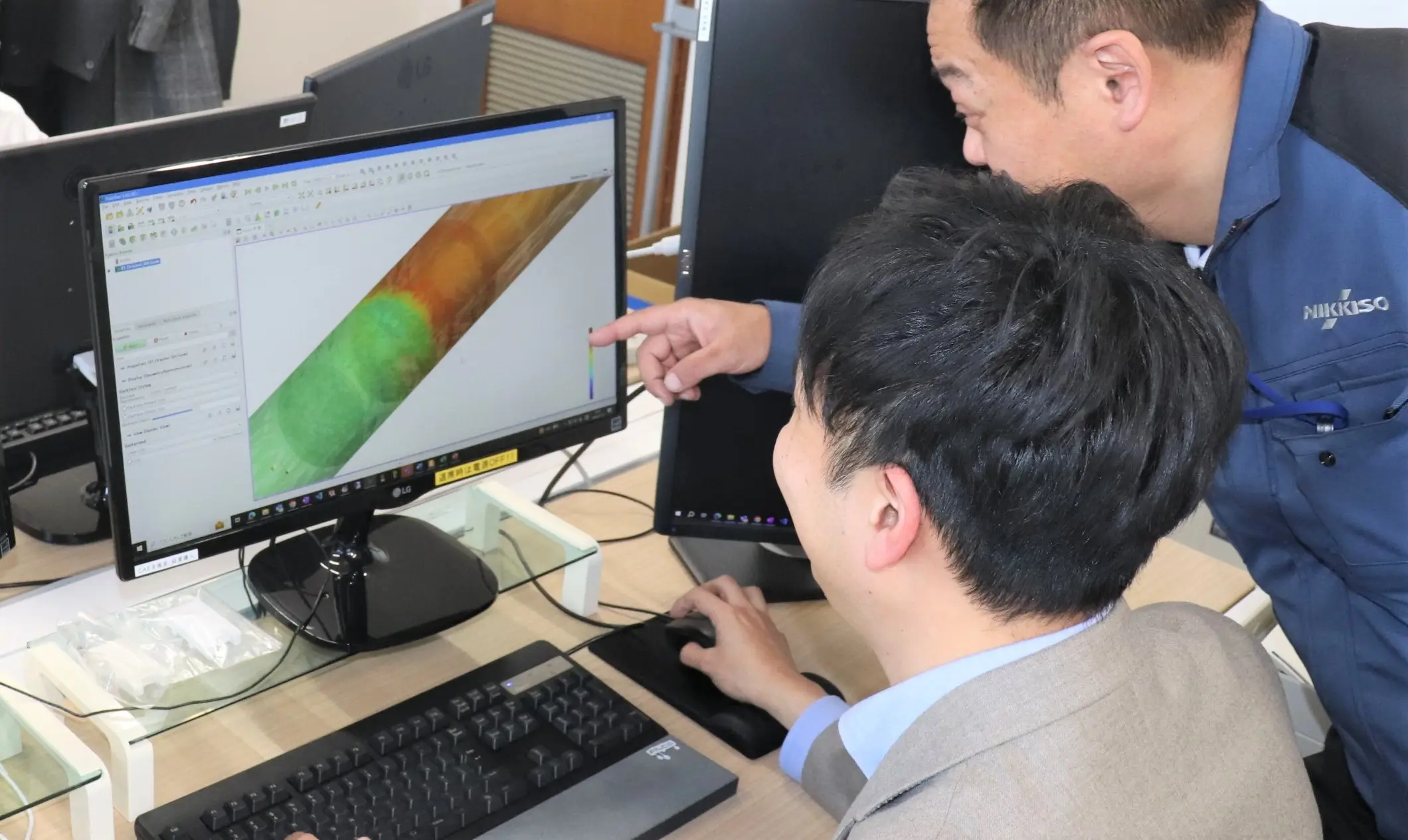 MANUFACTURING
MANUFACTURING
Nikkiso's DX initiatives: CAE Support Department continues to evolve, aiming to eliminate dependence on the skills and expertise of specific people
- Technology
- Interview
2025/04/09
関連記事
-
 ENRICH OUR LIVES
ENRICH OUR LIVES
How does an airplane stop? Secrets of the cascade, an essential component for deceleration
- CFRP
- Aircraft
- Aerospace
2024/09/12
-
 ENRICH OUR LIVES
ENRICH OUR LIVES
Secret to the Odor of Gas
- Pump
- LNG
- Industrial
2024/05/08
-
 ENRICH OUR LIVES
ENRICH OUR LIVES
What exactly is the SiC power semiconductor that is essential for decarbonization and the popularization of EVs? Here is some basic knowledge and information on future prospects
- Decarbonation
- Technology
- Industrial
- Semiconductor
2023/11/20
-
 ENRICH OUR LIVES
ENRICH OUR LIVES
Decarbonizing the skies with hydrogen aircraft? Useful basic knowledge, the state of development, and everything in between
- Hydrogen
- Decarbonation
- Aircraft
- Pump
- CFRP
- Industrial
2023/10/17




